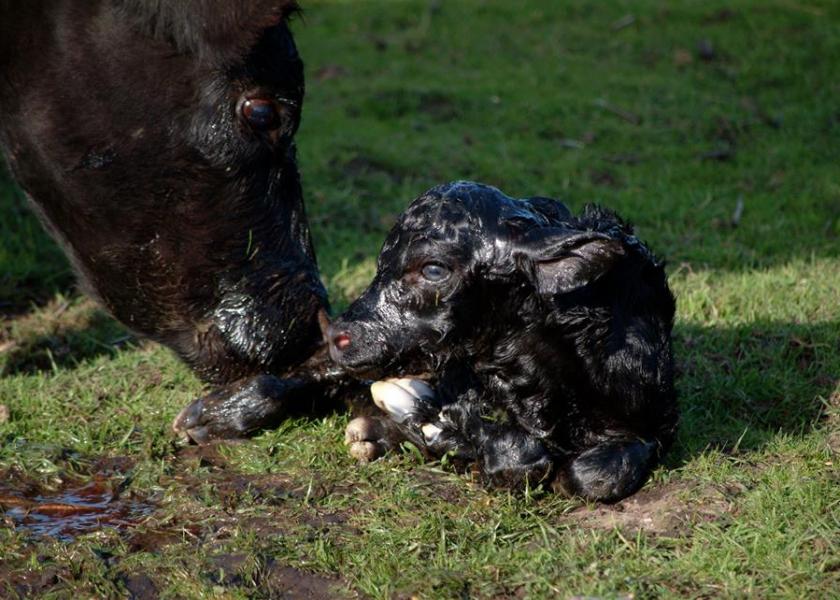Guidelines for when Livestock Owners need to Call Their Veterinarian

Many cattle owners wonder how to determine if and when an animal needs veterinary attention. These are some guidelines you might want to consider passing along to your clients for consideration.
An animal which is not eating may be experiencing any systemic disease (including one of the gastrointestinal tract), an infection, or they may be in pain. If the animal is still eating, but less than normal, wait 24 hours to see if they return to a normal appetite. If they are not eating at all, call the veterinarian and inform them of the condition. The situation is considered an emergency if no feces are produced for more than a few hours, the abdomen is distended, the animal is depressed or reluctant to get up and move, having difficulty breathing, or has a fever.
An animal which is losing weight may be experiencing parasite problems, chronic infectious disease, liver disease, or gastrointestinal disease. In general, weight loss is not an emergency, but call the veterinarian and schedule an evaluation. One of the biggest challenges when evaluating animals which are losing weight is that owners frequently initiate deworming medications, antibiotics and other treatments in an attempt to “treat for everything.” Unfortunately, this often leads to a delay in treatment for the actual problem and interferes with making an accurate diagnosis if the animal does not respond to these on-farm therapies.
A cow or heifer who is having a difficult birth may be doing so due to the fetus being in the incorrect position (head back, backwards, leg back, etc.) or due to a relatively large fetus compared to the dam’s pelvic size. In cattle, a delivery is considered prolonged after about 1-2 hours of pushing. After that time, it is considered an emergency and the heifer or cow should be examined to determine the position and size of the calf. Experienced owners may do this initial exam themselves, but care must be taken to be very clean (wash the back end of the dam with soap and water and wash your hands and arms with soap and water and wear gloves). You must also be very gentle as the delicate reproductive tissues can tear easily, especially when the labor has been prolonged. When the veterinarian is called to deliver the calf, move the dam to a small pen and confine her for the examination.
An animal who is lame can mean a lot of things, including a muscle strain, arthritis, joint or other infection, fracture, or even neurologic disease. Lameness is urgent if there is an obvious break in the bone, if there is a break in the skin, the animal will only toe-touch or will not put weight on the leg at all. For other cases of lameness, have those animals evaluated within a day or two. In cases where there is a fracture or a suspected broken bone, do not move those animals or apply a splint before moving them.
Any animal which is down and cannot get up need to be evaluated immediately by a veterinarian. A variety of diseases, including neurologic, musculoskeletal and metabolic conditions may cause an animal to be unable to stand. Keep in mind that livestock, as prey species, are designed to act healthy even when they are very ill to evade identification and attack by predators. Therefore, an animal which is unable to stand has severe disease and needs to be evaluated on an emergency basis. It is common for veterinarians to recommend symptomatic treatment of recumbent animals, but if animals do not respond to these within 24 hours, initiate diagnostic testing to determine the exact cause.
These are general guidelines for common problems and each incident should be addressed on a case-by-case basis, as these guidelines may not apply to every single case. I sometimes break my own rules when I am presented with individual cases that aren’t typical. For this reason, a good relationship with your local veterinarian is critical to making the right decision for each individual case to achieve the best possible outcome.
About the author: Dr. Meredyth Jones is an associate professor in food animal medicine and surgery at Oklahoma State University’s College of Veterinary Medicine. A Diplomate of the American College of Veterinary Internal Medicine (Large Animal), she also owns Large Animal Consulting & Education.







